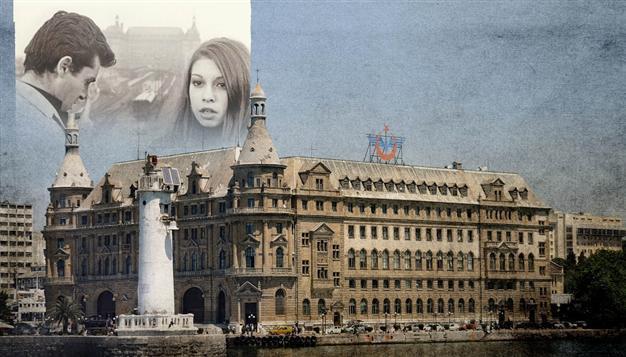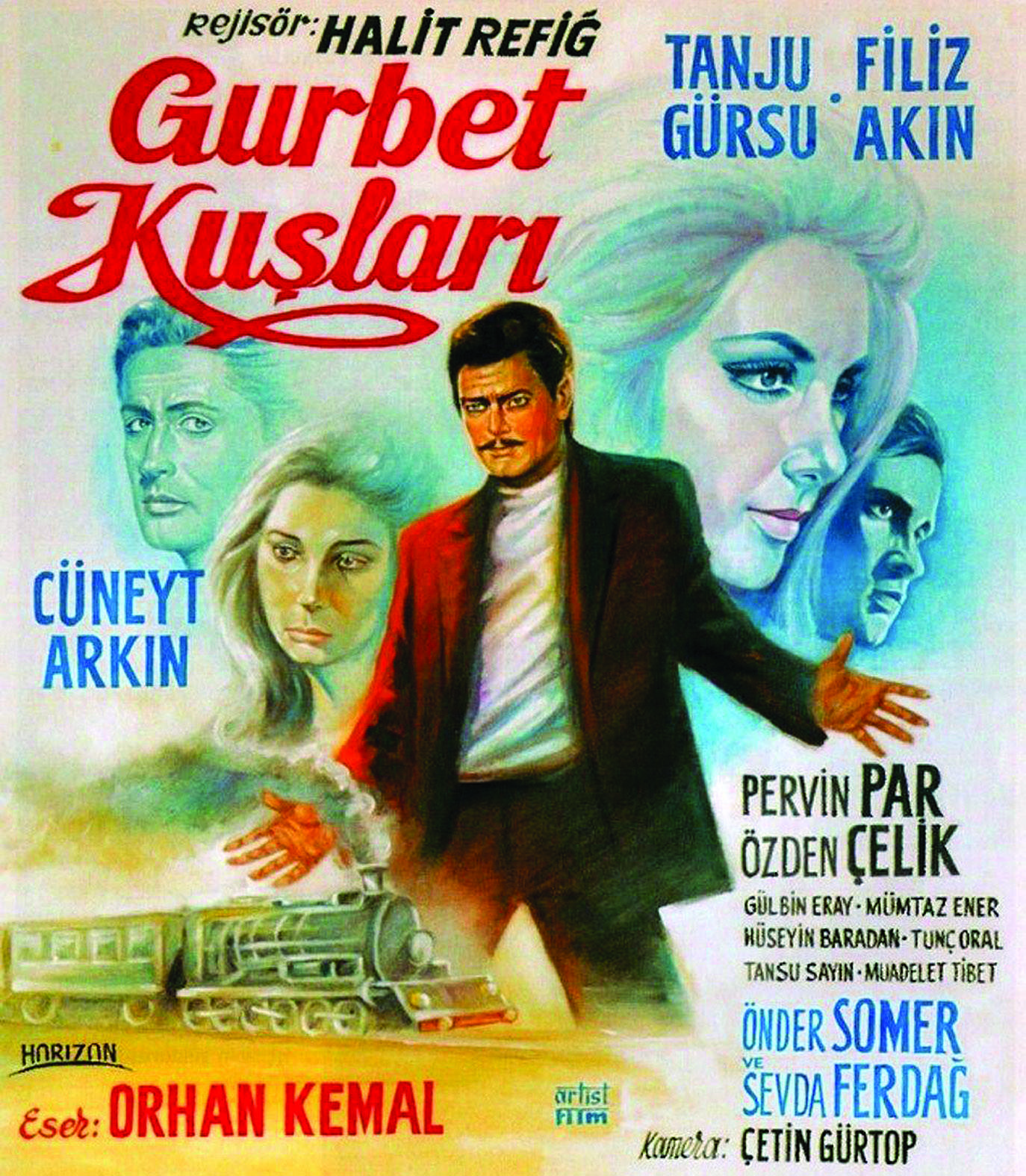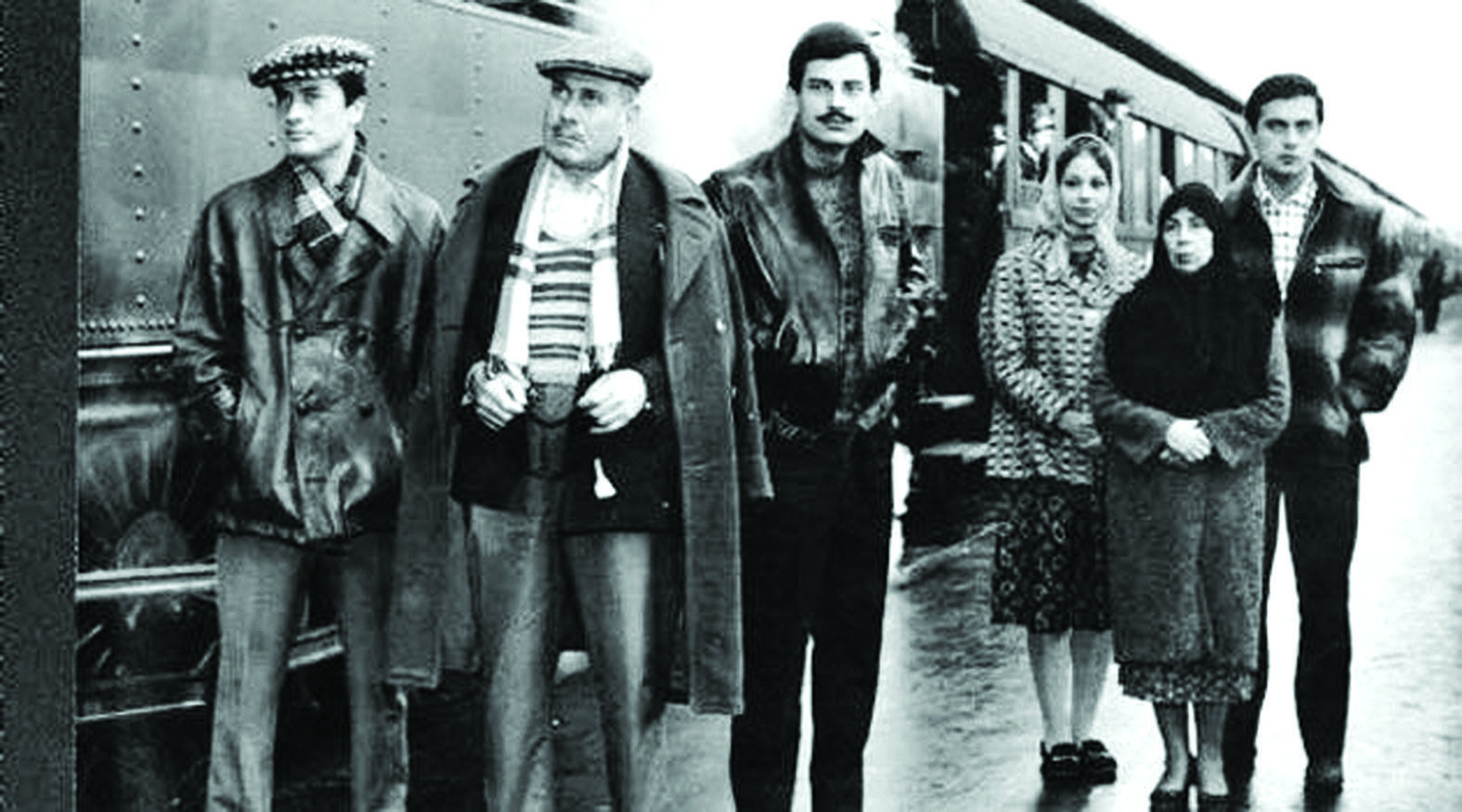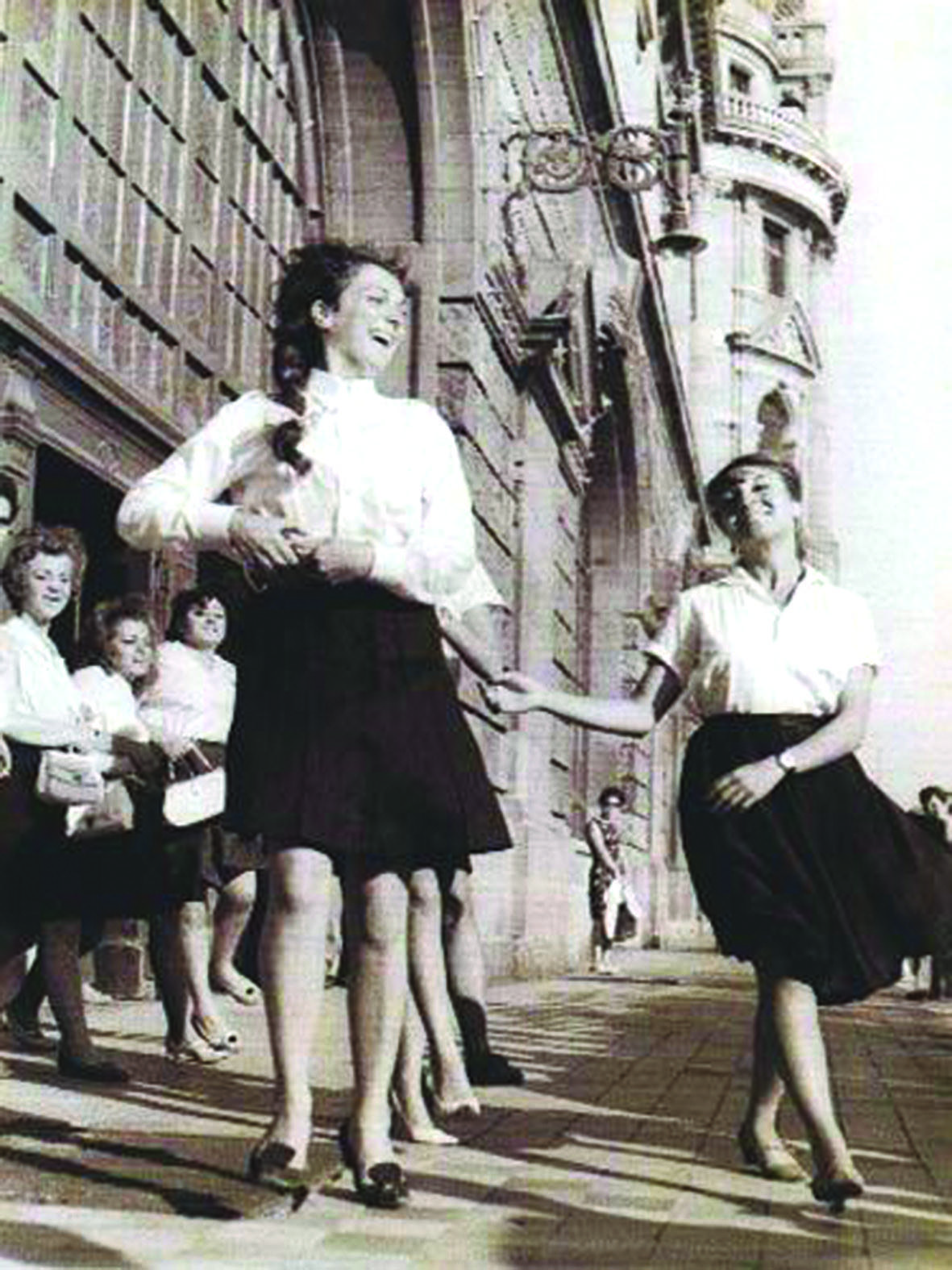Haydarpaşa Train Station, the romantic setting of Turkish movies
Emrah Güler - ANKARA

Istanbul has been the epicenter of various battles in the last decade where its nature and history are being massacred relentlessly, with Gezi Park being the ultimate symbol in a fight against a ruthless neo-liberal regime that has no sympathy for either nature or history. The redevelopment plans over Gezi Park, one of the few green areas that has stayed intact in the heart of Istanbul, had become the tipping point as masses took the streets in the summer of 2013.

Other recent examples of Istanbul’s so-called urban projects, hence the uncontrolled urbanization, are the third bridge over the Bosphorus that will destroy the remaining green area and water supply in Istanbul, the giant mosque to be erected over the green Çamlıca Hill and the redevelopment plans over the historic Haydarpaşa Train Station.
This week marks the anniversary of Haydarpaşa Train Station, beginning its long and later troubled history on Nov. 4, 1909, as one of the major train stations in the world, where the historic peninsula across the sea greets its passengers from a new city and a new continent. Haydarpaşa Train Station has always been one of the ultimate symbols of change, of hope and despair in Turkish cinema, bringing its passengers from Anatolia to Istanbul, to a place that is magical and frightening at once.
Istanbul was a major player in almost all of the Yeşilçam melodramas of the 1960s and 1970s, serving as a promise for better lives and better futures. It was a period when flocks began migrating to big cities and when Istanbul welcomed new citizens across rural Turkey, on and off screen. Istanbul was the Turkish dream where the rural Turkey watched in awe.
Haydarpaşa Train Station was always the final stop in a long train ride from stilted lives to brighter futures. Fish-out-of-water story always began with the character carrying her wooden suitcase, looking scared and dumbstruck in Haydarpaşa. Many of the iconic scenes from Turkish cinema featured the historic train station.
The ‘symbol of joy and pain’
Perhaps the most memorable scenes were from director Halit Refiğ’s 1964 classic “Gurbet Kuşları” (Birds of Exile), an adaptation of Orhan Kemal’s novel of the same name, and the very first Turkish film on migration. The film begins with the Bakırcıoğlu family arriving in Istanbul, the family taking in the beauty of the city before getting on the ferry to embark on their new lives and the patriarch making an inspirational speech to his family. “Gurbet Kuşları” ends in yet another memorable scene in Haydarpaşa.

Film critic and cinema historian Agâh Özgüç’s 2010 book “Türk Sinemasında Istanbul” (Istanbul in Turkish Cinema) devotes a whole section to Haydarpaşa Train Station. Özgüç cites 1965’s “Sevmek Seni” (To Love You) by Cengiz Tuncer as the prototypical example of romanticizing the train station, where Haydarpaşa is seen in many scenes as a backdrop rather than being part of the story. Similarly, in a scene in Semih Evin’s 1950 “Sihirli Define” (Magical Treasure), famous singer Safiye Ayla gives a concert on the stairs of Haydarpaşa, irrelevant of the story.
In 1979’s “Demiryol” (Railway), directed by Yavuz Özkan, Haydarpaşa takes on a political role as the setting of the struggle of railway workers, where in a memorable scene fire erupts in the train station. Haydarpaşa becomes a major setting as well in “Cumhuriyet” (The Republic), Ziya Öztan’s 1998 period drama depicting the first years of the Turkish Republic in the early 1920s.
French director Philippe Venault also takes Haydarpaşa as a setting in his 1995 historical drama “Les clients d’Avrenos” (The Clients of Avrenos), adapted from Belgian writer Georges Simenon’s novel set in the 1930s.
Not all is history, though, for Haydarpaşa Train Station, as more than 200 feature films, TV shows, commercials, documentaries and music videos were filmed at Haydarpaşa in the years 2010 and 2011 alone, just before it was closed. As in the words of Özgüç, “How can we forget the train whistles and the marble steps opening to the ferry station, this symbol of joy and pain?”
 Istanbul has been the epicenter of various battles in the last decade where its nature and history are being massacred relentlessly, with Gezi Park being the ultimate symbol in a fight against a ruthless neo-liberal regime that has no sympathy for either nature or history. The redevelopment plans over Gezi Park, one of the few green areas that has stayed intact in the heart of Istanbul, had become the tipping point as masses took the streets in the summer of 2013.
Istanbul has been the epicenter of various battles in the last decade where its nature and history are being massacred relentlessly, with Gezi Park being the ultimate symbol in a fight against a ruthless neo-liberal regime that has no sympathy for either nature or history. The redevelopment plans over Gezi Park, one of the few green areas that has stayed intact in the heart of Istanbul, had become the tipping point as masses took the streets in the summer of 2013. Other recent examples of Istanbul’s so-called urban projects, hence the uncontrolled urbanization, are the third bridge over the Bosphorus that will destroy the remaining green area and water supply in Istanbul, the giant mosque to be erected over the green Çamlıca Hill and the redevelopment plans over the historic Haydarpaşa Train Station.
Other recent examples of Istanbul’s so-called urban projects, hence the uncontrolled urbanization, are the third bridge over the Bosphorus that will destroy the remaining green area and water supply in Istanbul, the giant mosque to be erected over the green Çamlıca Hill and the redevelopment plans over the historic Haydarpaşa Train Station.
 Film critic and cinema historian Agâh Özgüç’s 2010 book “Türk Sinemasında Istanbul” (Istanbul in Turkish Cinema) devotes a whole section to Haydarpaşa Train Station. Özgüç cites 1965’s “Sevmek Seni” (To Love You) by Cengiz Tuncer as the prototypical example of romanticizing the train station, where Haydarpaşa is seen in many scenes as a backdrop rather than being part of the story. Similarly, in a scene in Semih Evin’s 1950 “Sihirli Define” (Magical Treasure), famous singer Safiye Ayla gives a concert on the stairs of Haydarpaşa, irrelevant of the story.
Film critic and cinema historian Agâh Özgüç’s 2010 book “Türk Sinemasında Istanbul” (Istanbul in Turkish Cinema) devotes a whole section to Haydarpaşa Train Station. Özgüç cites 1965’s “Sevmek Seni” (To Love You) by Cengiz Tuncer as the prototypical example of romanticizing the train station, where Haydarpaşa is seen in many scenes as a backdrop rather than being part of the story. Similarly, in a scene in Semih Evin’s 1950 “Sihirli Define” (Magical Treasure), famous singer Safiye Ayla gives a concert on the stairs of Haydarpaşa, irrelevant of the story.